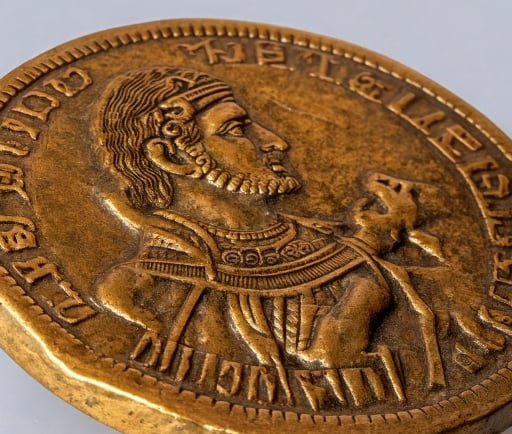The Master’s Seal: A 15th Century Coastal Enigma


The Significance of the Master’s Seal in the 15th Century
The Master’s Seal, a remarkable historical artifact from the 15th century, evokes intrigue and scholarly inquiry. This period stands out in history for its robust artistic expression and profound developments in commerce and politics across Europe. As we delve into the essence of this seal, it is imperative to acknowledge its implications not only as a mere piece of decoration but as a medium that represented power, authority, and the rich socio-political tapestry of the time.
Geographical Context: A Low Coastal Hill with a Steep and Rocky Shoreline
The geographical setting associated with the Master’s Seal is equally worth exploring. It was often found in areas characterized by low coastal hills boasting steep and rocky shorelines. Such locations not only provided natural fortifications against invaders but also influenced the economic activities of the communities residing nearby. The relentless waves crashing against the coastal rocks and the steepness of these hills created a formidable barrier that shaped the livelihoods of locals—promoting seafaring and trade.
The Cultural Relevance of Coastal Dynamics in Seal Artistry
In the realm of artistry, the interplay between the coastal environment and its inherent challenges was vividly reflected in the design of the Master’s Seal. Artisans often drew inspiration from their surroundings, portraying intricate designs that symbolized resilience and adaptability. The aesthetics of the seal, combined with its maritime themes, echoes tales of navigation, exploration, and the socio-economic motivations that fueled human ambitions during the 15th century. The seal embodies the essence of the age, illustrating not only the artistic prowess of its creators but also the environmental factors that influenced their work.
As scholars continue to study the implications of such artifacts, it becomes evident that the Master’s Seal holds profound cultural significance. It acts as a window into the past, revealing insights about the lifestyles, values, and navigational challenges faced by those who lived by the mystical low coastal hills with their steep, rocky shorelines.
In conclusion, the Master’s Seal represents much more than an emblem of governance or authority; it encapsulates the essence of an era marked by exploration and artistic flourishing. As we uncover the layers of history surrounding this captivating artifact, we reaffirm the importance of understanding the interplay between environment and culture—elements that continue to shape our world today.
